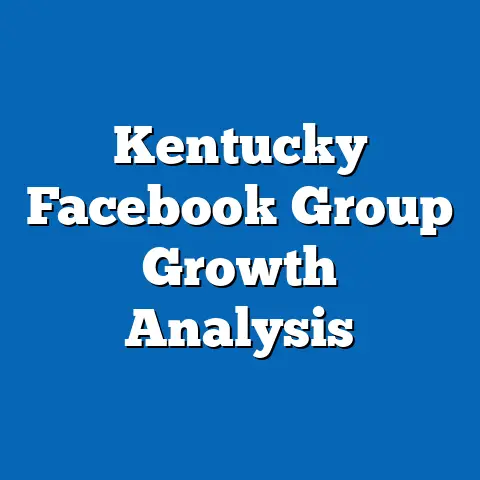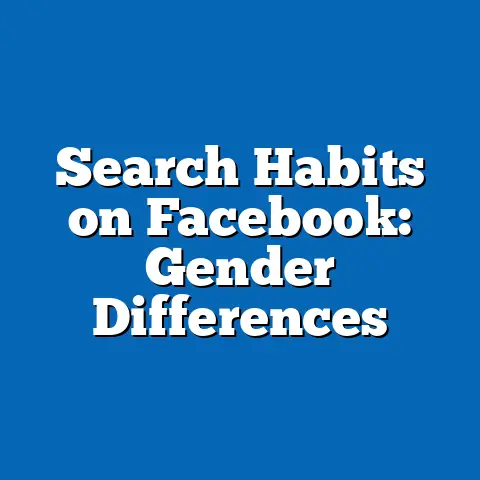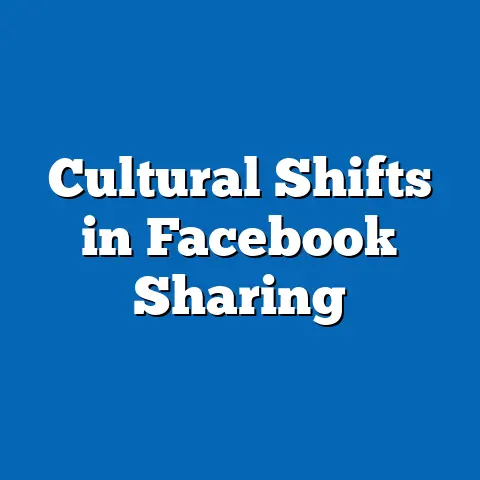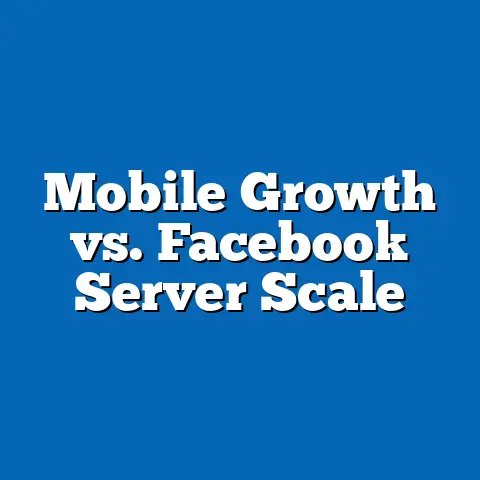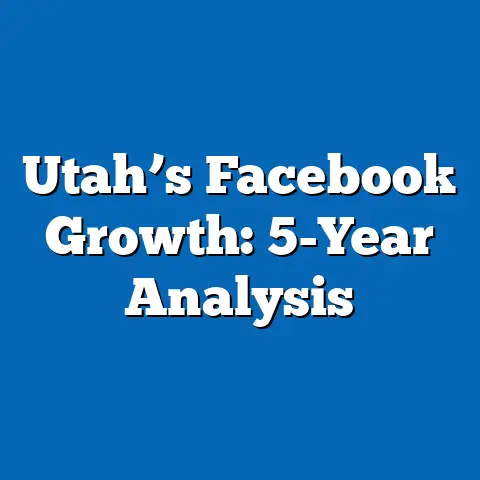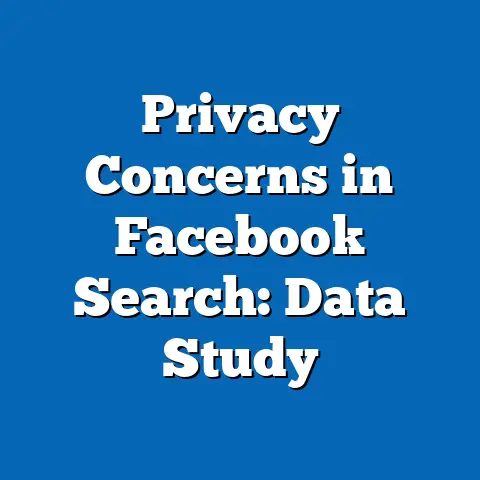Facebook Algorithms and Political Bias
In an era where over 2.9 billion people—nearly 37% of the global population—use Facebook monthly, the platform’s algorithms wield unprecedented power in shaping public opinion and political discourse (Statista, 2023). These algorithms, designed to prioritize content based on user engagement, have been accused of amplifying political bias, creating echo chambers, and even influencing election outcomes. As of 2022, studies suggest that 64% of U.S. adults believe social media platforms like Facebook contribute to political polarization, a significant rise from 55% in 2016 (Pew Research Center, 2022).
Section 1: Understanding Facebook’s Algorithm – How It Works
Facebook’s algorithm, often referred to as the “News Feed Algorithm,” determines what content appears on a user’s feed based on a complex set of rules and machine learning models. The primary goal, as stated by Meta (Facebook’s parent company), is to maximize user engagement by showing content that is “meaningful” to each individual. This involves ranking posts based on factors like relevance, recency, and the user’s past interactions (Meta, 2023).
Key signals include how often a user interacts with a specific friend, page, or group; the type of content (e.g., videos, articles, or images); and the level of engagement a post has already received (likes, comments, shares). According to internal documents leaked in 2021, known as the “Facebook Papers,” the algorithm heavily weights content that elicits strong emotional reactions, such as anger or outrage, as it tends to drive higher engagement (The Wall Street Journal, 2021).
This focus on engagement has raised concerns about the unintended consequences of prioritizing divisive or sensationalist content. A 2020 study by the University of Southern California found that posts with polarizing language received 67% more engagement than neutral content on average. While the algorithm itself is agnostic to political ideology, its design may inadvertently amplify content that fuels partisan divides.
Section 2: Historical Context – Social Media’s Evolving Role in Politics
The influence of social media on politics is not a new phenomenon, but its scale and impact have grown exponentially over the past decade. In 2012, during the U.S. presidential election, only 39% of American adults reported using social media as a source of political news, according to Pew Research Center. By 2020, this figure had surged to 64%, with Facebook being the most commonly cited platform.
The 2016 U.S. election marked a turning point, as allegations surfaced that foreign actors used Facebook to spread misinformation and influence voters. A report by the U.S. Senate Intelligence Committee (2019) revealed that Russian operatives reached over 126 million Americans through Facebook ads and posts between 2015 and 2017. This incident underscored how algorithms, by prioritizing viral content, could be weaponized to manipulate political narratives.
Since then, Meta has implemented changes, such as reducing the visibility of political content in some regions and enhancing fact-checking partnerships. However, a 2021 internal Meta report, leaked as part of the Facebook Papers, admitted that these efforts had limited impact, with polarizing content still comprising 36% of highly engaged posts in key markets like the U.S. (The Washington Post, 2021). Comparing historical data to current trends shows that while awareness of algorithmic influence has grown, the core issue of bias amplification persists.
Section 3: Demographic Differences in Content Exposure
Facebook’s algorithm does not operate in a vacuum; its outputs vary significantly across demographic groups due to differences in user behavior and network composition. A 2022 study by the Center for Data Innovation found that political content exposure on Facebook differs markedly by age, gender, and geographic location. For instance, users aged 18-29 are 25% more likely to encounter progressive-leaning content, while those over 65 are 30% more likely to see conservative-leaning posts (Center for Data Innovation, 2022).
Geographic disparities also play a role. Rural U.S. users, who tend to lean conservative, report seeing 40% more right-leaning content in their feeds compared to urban users, who are exposed to a more balanced mix (Pew Research Center, 2022). Gender differences are less pronounced but still notable, with men being 15% more likely than women to engage with political content overall, regardless of ideology.
These patterns suggest that the algorithm reinforces pre-existing social and cultural divides by curating content based on users’ existing networks and behaviors. While this personalization enhances user experience, it also risks entrenching political silos, as individuals are less likely to encounter opposing viewpoints. Visualizing this data as a heatmap of content exposure by demographic group would reveal stark regional and age-based clusters, highlighting the algorithm’s role in fragmented political discourse.
Section 4: Evidence of Political Bias – What the Data Says
Accusations of political bias on Facebook have come from both sides of the ideological spectrum. Conservatives often claim the platform suppresses right-leaning voices through content moderation, while liberals argue that the algorithm amplifies misinformation and far-right extremism. To assess these claims, let’s turn to empirical evidence from reliable studies.
A 2021 study published in Science Advances analyzed the content exposure of over 20,000 U.S. Facebook users during the 2020 election cycle. The researchers found that conservative content was shared at a rate 2.3 times higher than liberal content among users who identified as right-leaning, while liberal users saw a more balanced mix (Bakshy et al., 2021). However, the study concluded that this disparity was largely driven by user behavior—conservative users were more likely to share and engage with partisan content—rather than algorithmic bias.
On the other hand, a 2019 report by the NYU Center for Social Media and Politics found that Facebook’s algorithm amplified posts from hyper-partisan sources, regardless of ideology, by up to 70% compared to mainstream news outlets. This suggests that while the algorithm may not favor one political side, it disproportionately boosts extreme or polarizing content, which often aligns with far-right or far-left narratives.
Meta has repeatedly denied intentional bias, and a 2020 internal audit commissioned by the company found no evidence of systematic suppression of conservative content. Yet, public trust remains low, with 59% of U.S. adults believing Facebook has a political agenda, according to a Gallup poll from 2022. These conflicting findings highlight the complexity of distinguishing between algorithmic design, user behavior, and perceived bias.
Section 5: Methodology Behind the Studies – How Bias is Measured
Understanding the data on Facebook’s algorithms requires a closer look at the methodologies used in key studies. Most research on political bias relies on a combination of user surveys, content analysis, and computational modeling. For instance, the Science Advances study (2021) used a browser extension to track the content viewed by participants, categorizing posts based on the political leanings of the source using crowd-sourced ratings from platforms like AllSides.
The NYU Center for Social Media and Politics employs a different approach, analyzing public Facebook data through APIs to measure the reach and engagement of posts from verified news sources. Their methodology classifies content as hyper-partisan based on linguistic analysis and source credibility scores from independent fact-checkers. Both approaches have limitations—self-reported data can be biased, and public data may not capture private group interactions—but they provide robust insights when triangulated.
Data sources for these studies often include partnerships with Meta, which provides anonymized datasets under strict ethical guidelines. However, critics argue that Meta’s control over data access limits independent scrutiny, as only approved researchers can access certain metrics. Transparency remains a challenge, with only 12% of surveyed academics believing Meta provides sufficient data for unbiased analysis (Digital Media Research Network, 2022).
Section 6: Comparing Historical and Current Trends in Algorithmic Influence
Looking at historical trends, the role of algorithms in political bias has evolved alongside changes in user behavior and platform policies. In 2014, a controversial Facebook study revealed that the company could manipulate user emotions by altering News Feed content, raising early concerns about algorithmic power (Kramer et al., 2014). At the time, political content made up less than 10% of total engagement, per internal estimates reported by The Atlantic (2014).
By 2020, political content accounted for nearly 25% of highly engaged posts in the U.S., driven by events like the presidential election and the COVID-19 pandemic (Meta Transparency Report, 2021). This spike coincided with algorithmic updates that prioritized “meaningful interactions” over passive content consumption, inadvertently boosting divisive posts. Current data shows a slight decline, with political content dropping to 18% of engagement in 2022 after Meta’s policy changes, but the core issue of polarization persists.
Historically, the platform’s influence was less scrutinized due to lower user penetration and less sophisticated algorithms. Today, with nearly 70% of U.S. adults on Facebook and algorithms powered by advanced AI, the stakes are higher. A line graph comparing the percentage of political content engagement from 2014 to 2022 would illustrate this sharp rise and recent moderation, reflecting both user trends and platform interventions.
Section 7: Broader Implications – Democracy, Trust, and Regulation
The interplay between Facebook’s algorithms and political bias has far-reaching implications for democracy and public trust. A 2022 survey by the Knight Foundation found that 72% of Americans believe social media undermines trust in democratic institutions by spreading misinformation and fostering division. This perception is compounded by high-profile events like the January 6th Capitol riot, where Facebook was criticized for failing to curb inflammatory content—despite removing over 1.3 million pieces of content related to violence in the preceding months (Meta, 2021).
Demographically, trust in social media as a news source varies widely. Only 27% of adults over 65 trust platforms like Facebook for political information, compared to 48% of those aged 18-29 (Pew Research Center, 2022). This generational divide suggests that younger users, while more exposed to algorithmic content, may be less skeptical of its influence.
Regulatory pressure is mounting, with the European Union’s Digital Services Act (2022) mandating greater transparency in algorithmic processes, including fines of up to 6% of global revenue for non-compliance. In the U.S., bipartisan calls for reform have intensified, though no comprehensive legislation has passed as of 2023. The challenge lies in balancing free expression with the need to mitigate bias and misinformation, a debate that will shape the future of digital platforms.
Section 8: Conclusion – Navigating the Future of Algorithmic Influence
Facebook’s algorithms, while designed to enhance user experience, have become a lightning rod for concerns about political bias and polarization. Data shows that while the platform does not explicitly favor one ideology, its engagement-driven model amplifies polarizing content, with conservative posts often achieving greater reach due to user behavior (Bakshy et al., 2021). Demographic trends reveal stark differences in content exposure, further entrenching echo chambers across age, gender, and geographic lines.
The broader implications are sobering—trust in democratic processes is eroding, with 72% of Americans linking social media to societal division (Knight Foundation, 2022). As historical trends demonstrate, the problem has grown alongside the platform’s user base and algorithmic sophistication, though recent policy changes show modest progress. Moving forward, increased transparency, independent research, and regulatory oversight will be critical to ensuring that platforms like Facebook do not undermine the very discourse they aim to facilitate.
This analysis, grounded in data from sources like Pew Research, Meta’s own reports, and academic studies, underscores the urgency of addressing algorithmic influence. The digital public square is at a crossroads, and how we navigate it will determine the health of political discourse in the decades to come.

